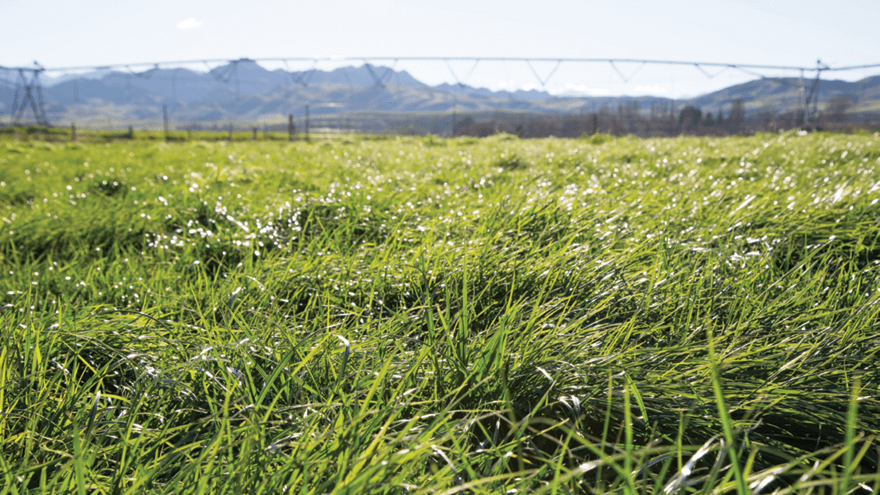
Get ready for spring cropping
As I have mentioned in many of my previous articles, the advice I can’t give strongly enough to maximise the chances of successful cropping, is to have a plan and to make that plan well in advance of the crop being planted.
As we move through the winter months, now is an ideal time to plan for next autumn’s re-grassing and how to achieve the best conditions for planting perennial pasture back into a paddock, maximising its persistence.
In most cases perennial pasture to perennial pasture is fraught with potential problems including perennial weed infestation, soil fertility and insect pressure. It is therefore best practice to break the perennial pasture cycle, ideally for around 12 months. The best way to do this is to spray out your old perennial pasture in autumn or early spring.
If you have planted an annual grass for winter, spray the annual grass out after a winter graze and possibly spring silage cut. Plant a spring crop in the spring, after which a perennial pasture can be re-planted the following autumn. If you prefer, you can spray out the perennial pasture in the early spring and then plant a spring crop before returning to pasture the following autumn.
This practice offers numerous benefits:
- It provides an opportunity to assess and correct any soil fertility, drainage or compaction issues
- A break in clover reduces clover pests, such as clover root weevil
- It allows at least two opportunities to apply glyphosate for total weed kill, helping control perennial weeds
- It provides an opportunity to grow another choice of crop that offers different nutritional benefits other than pasture for grazing or harvesting.
You may also be planning a spring crop as a cash crop or for summer, autumn or winter grazing. Whether you are planning a brassica, maize or fodder beet the requirement for planning is the same.
Paddock selection is the first place to start. Carefully think about what you want to grow, how the crop will be utilised, the machinery required for establishment and the required planting date (this date is determined by the harvest or grazing date working backwards).
Next, determine soil fertility. A fertiliser plan cannot be established without first knowing a paddock’s fertility. It is then possible to allocate a budget for fertiliser. For example, if you want to grow a high soil nutrient requirement crop and the paddock has low soil fertility, you will spend more on fertiliser to correct the nutrient status. This may lead you to think of a more suitable crop. A soil test is a valuable tool and could save you money.
Aim for a pH level of above 6.0. Due to the time it takes for the chemical process to break down agricultural lime to increase pH, you will need at least six months between lime application and crop planting.
If you need to employ a contractor, do so as early as possible and plan your spray-out date well in advance of crop planting to give time for perennial weeds and trash to disappear. If you don’t, you may end up requiring multiple spray-out applications.
Talk to your local PGG Wrightson Technical Field Representative about planning your crops for spring and next autumn now.



